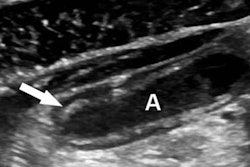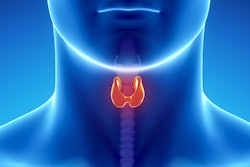Dear Ultrasound Insider,
Appendicitis has typically been treated with an appendectomy, but nonsurgical management is increasingly being considered for uncomplicated cases. But can ultrasound be used to make that critical differentiation between complicated and uncomplicated appendicitis?
The answer is, well, complicated. In a prospective study published in the March issue of Radiology, researchers from Texas Children's Hospital reported that ultrasound had high specificity but lower sensitivity for diagnosing perforated pediatric appendicitis. They did conclude, however, that several ultrasound findings were significantly associated with perforation.
Our coverage of the paper is this edition's Insider Exclusive, which you can access before our regular members.
On the other hand, researchers from Stanford University recently determined that one specific ultrasound finding yielded 100% sensitivity and 92% specificity for complicated appendicitis. They shared their results in a paper published in the February issue of the Journal of Ultrasound in Medicine, and you can access our report by clicking here.
In other ultrasound news, patients with low-risk papillary thyroid cancer lesions up to 1.5 cm can be safely managed by active surveillance, according to a team from Duke University Medical Center. Click here to find out how increasing the threshold cancer size for active surveillance could avoid unnecessary surgery and any associated expense or potential complications.
Speaking of the thyroid, researchers from Thomas Jefferson University concluded that performing imaging surveillance of thyroid nodules found to be benign on biopsy is expensive and only rarely results in thyroid cancer detection. Click here for our coverage.
Incorporating lung and venous ultrasound into the diagnostic process for pulmonary embolism can improve sensitivity and specificity, according to researchers from Italy. This diagnostic strategy could even obviate the need for CT pulmonary angiography in many cases, they found. Click here for all of the details.
A U.K. research group determined that contrast-enhanced ultrasound is a safe and likely cost-effective imaging option for pediatric patients. Click here to learn why.
Is there a topic you'd like to see covered your Ultrasound Community? As always, please feel free to drop me a line.




















